Computer Vision Development Services
Empower your business to see more with AI
Make understanding images and videos easier with Miquido’s computer vision solutions.
Contact us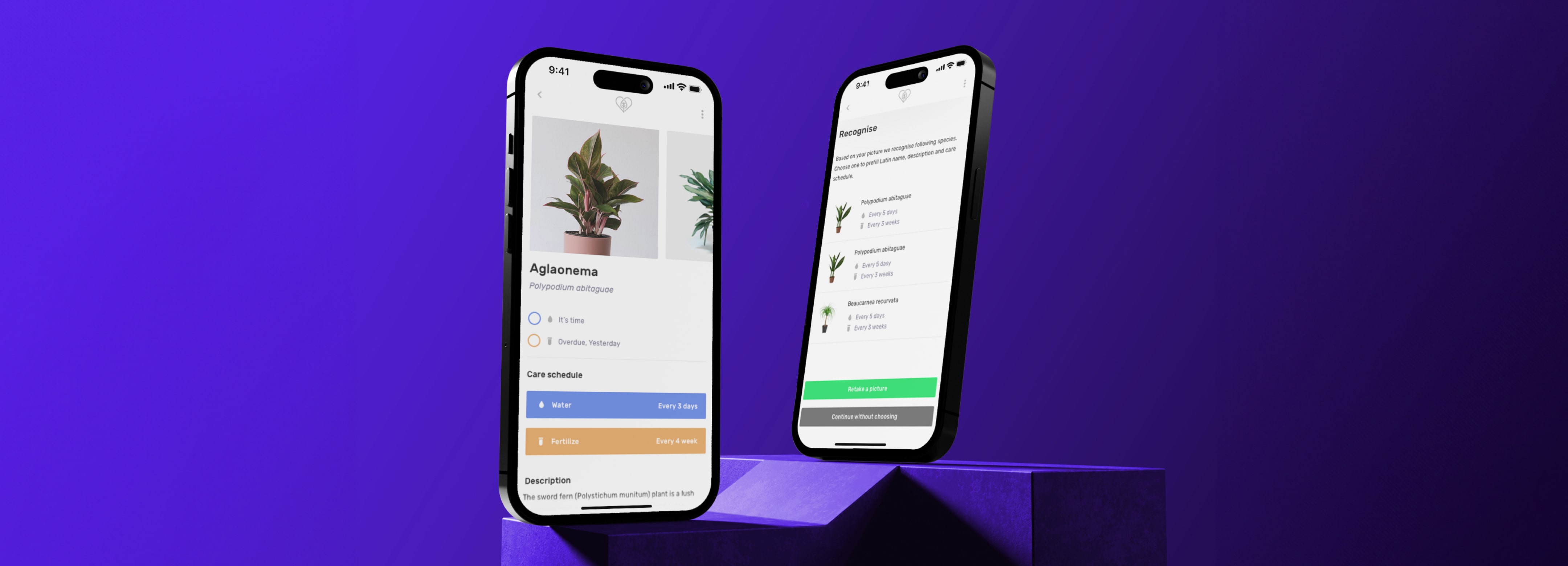
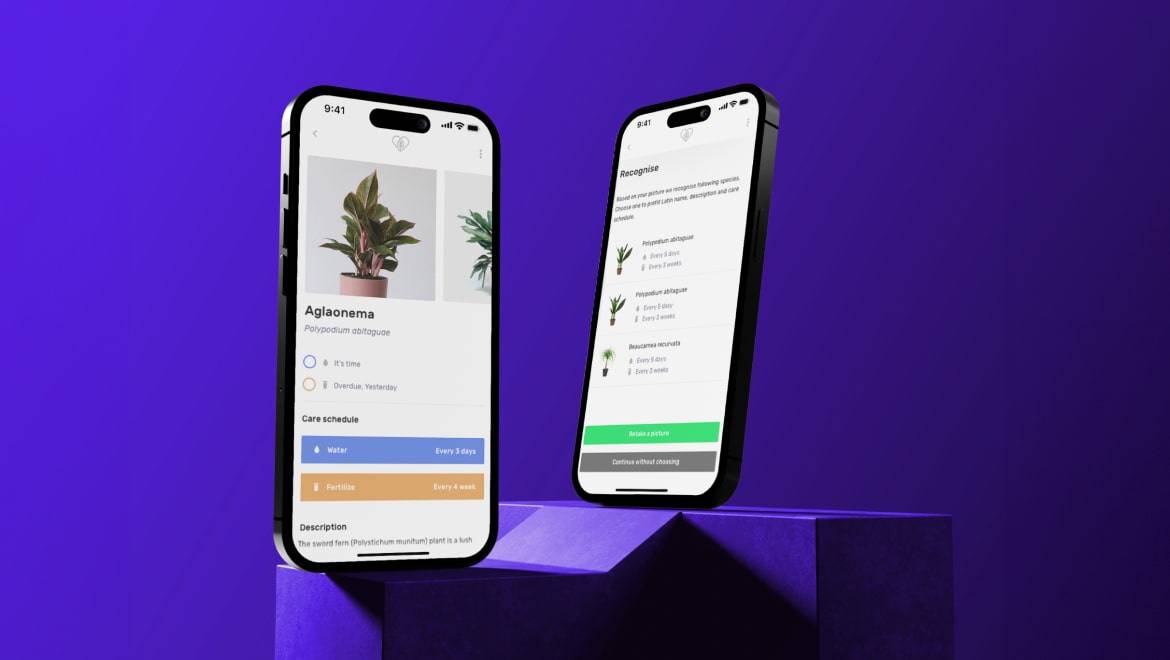
What you get
Computer vision development services will help you transform visual data into insights that boost accuracy, reduce manual work – and make the most of them for smarter decisions, better customer experiences, and greater efficiency.
Start project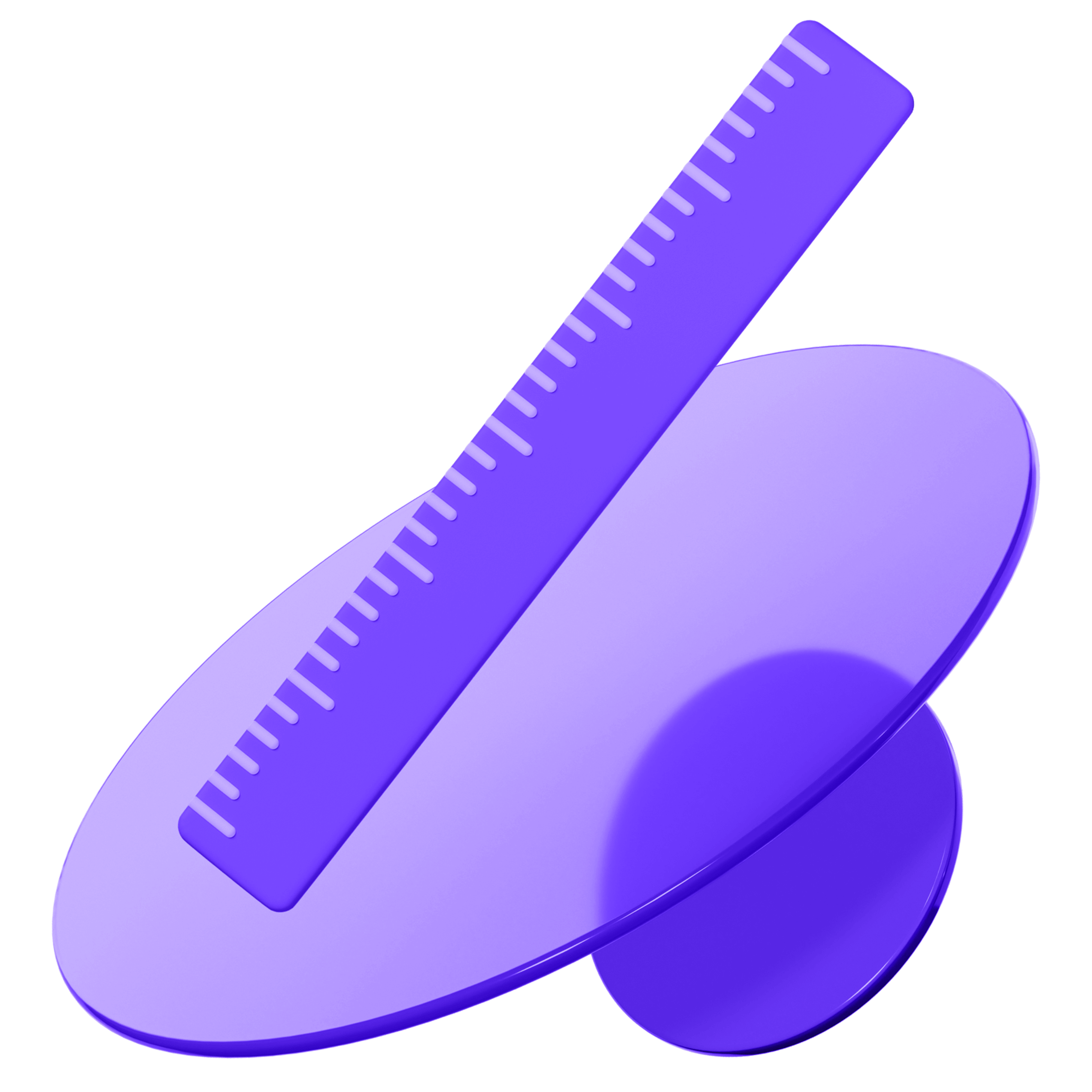
Streamlined processes
Automate tasks like object recognition, image segmentation, and content moderation. Eliminate errors, speed up workflows, and cut costs, allowing your team to focus on higher-level goals while routine work runs itself.
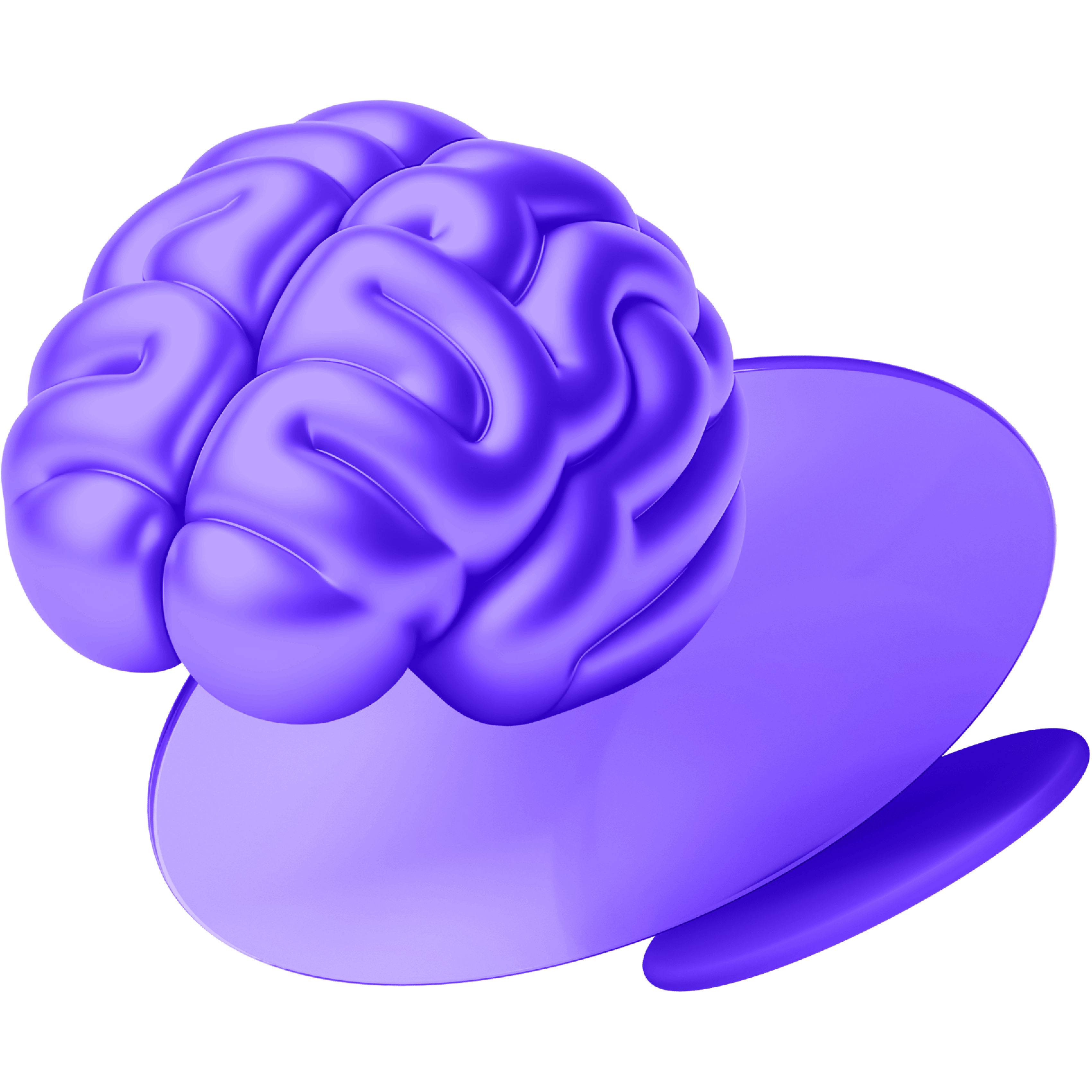
Smarter, real-time decisions
Use real-time video tracking, content indexing, and biometric analysis to make fast, informed decisions. Boost security, optimise operations, and improve customer service with computer vision solutions for a competitive edge.
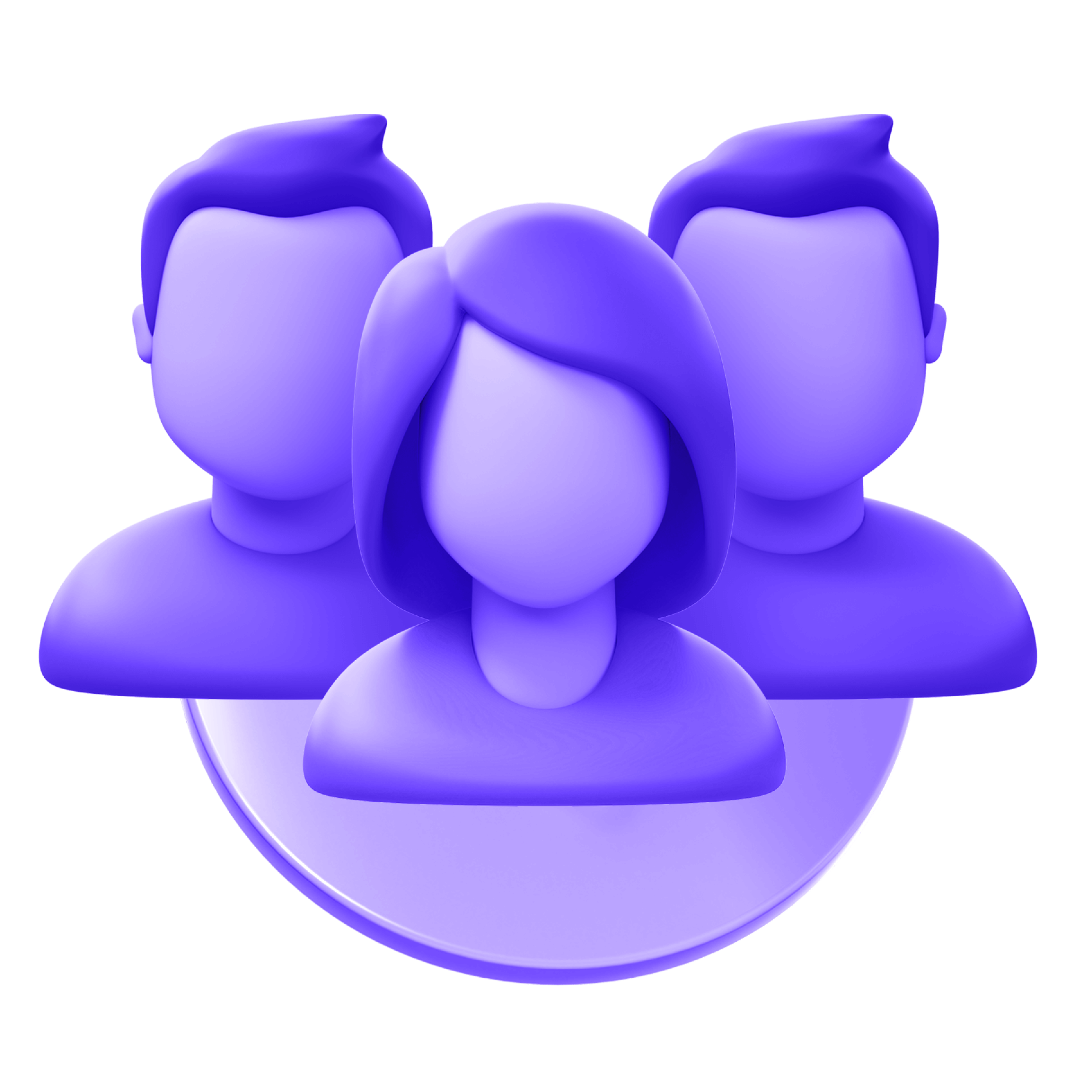
Improved customer satisfaction
Enhance customer experience with search-by-image and personalised content recommendations. Boost retention and conversions by simplifying user interactions with your products and services.
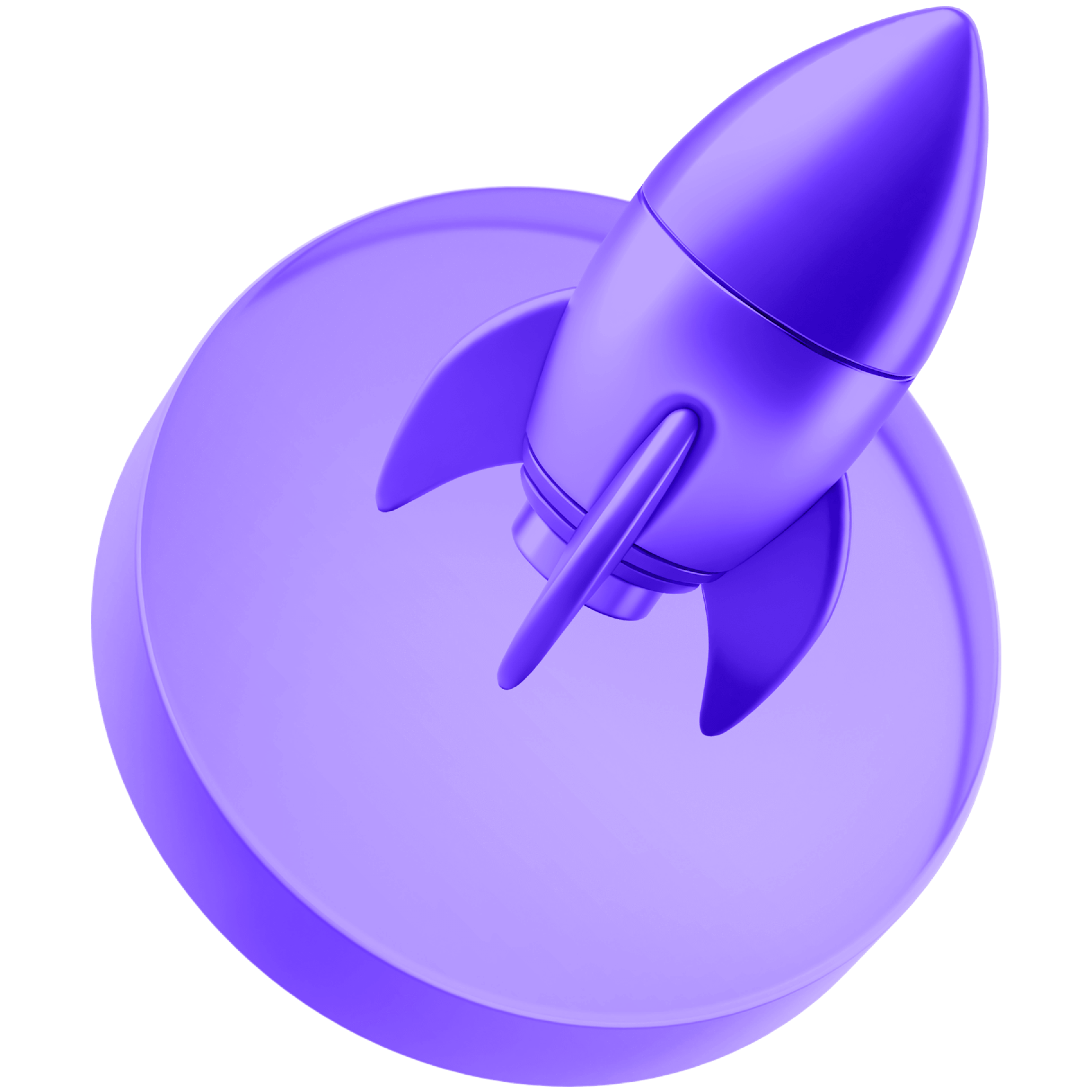
Boosted operational efficiency
Automate document processing and data extraction with OCR and image restoration. Reduce repetitive tasks, allowing your team to focus on strategic work that drives measurable business growth.
1 of 4
Our computer vision services
Our computer vision development services help businesses automate visual data processing, improve accuracy, and streamline operations. By leveraging image classification, object detection, and content indexing, you can save time, reduce costs, and focus on driving strategic growth.
With automated image classification, you can quickly and accurately categorise images, speeding up decision-making processes and reducing manual effort, allowing your team to focus on more impactful tasks.
Image classification
Simplify the task of managing large image datasets.
This computer vision solution identifies and locates multiple objects within digital content, automating complex tasks and ensuring faster, more reliable results for your business.
Object detection
Enhance your monitoring, security, and operational efficiency with object detection.
By automating content indexing, your business can process large volumes of images and videos in real-time, saving time and resources while boosting productivity.
Content indexing
Effortlessly organise and tag visual content for faster retrieval and improved efficiency.
Image classification
Simplify the task of managing large image datasets.
With automated image classification, you can quickly and accurately categorise images, speeding up decision-making processes and reducing manual effort, allowing your team to focus on more impactful tasks.
Object detection
Enhance your monitoring, security, and operational efficiency with object detection.
This computer vision solution identifies and locates multiple objects within digital content, automating complex tasks and ensuring faster, more reliable results for your business.
Content indexing
Effortlessly organise and tag visual content for faster retrieval and improved efficiency.
By automating content indexing, your business can process large volumes of images and videos in real-time, saving time and resources while boosting productivity.
Explore our tailored computer vision solutions
Here’s what
our clients say
Discover our client success stories. See the challenges we overcame and the solutions that led to exceptional business results.
See our portfolio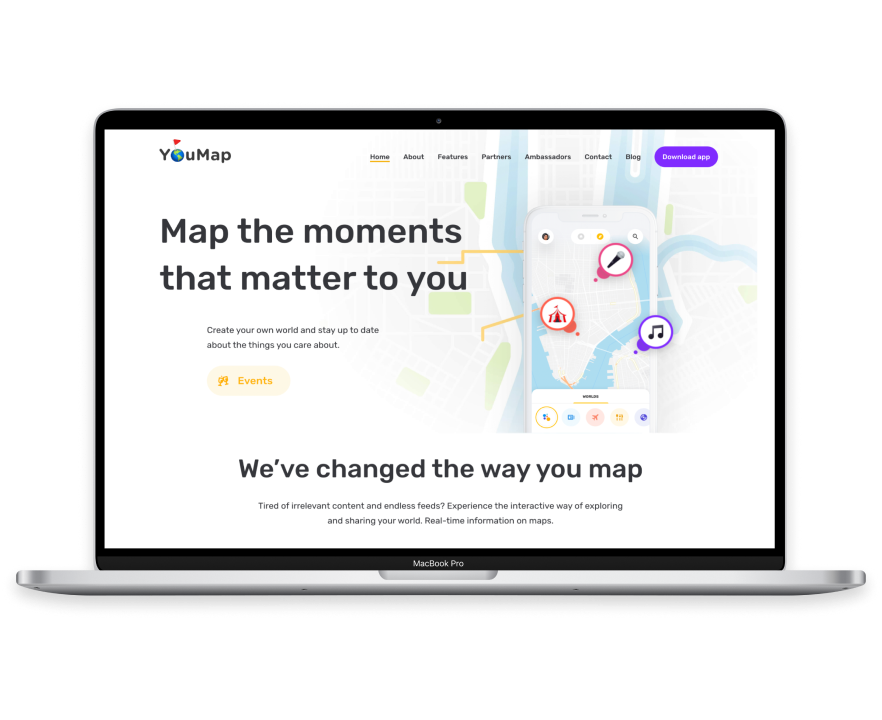
“I’ve worked for and owned other companies, and good work ethic can be rare. It’s inspiring to work with Miquido because of their impressive work ethic.”
“Miquido didn’t just go through the motions. They went above and beyond in being very thoughtful.”
“Their team differentiates itself through its management approach; their developers stay a long time and have more experience than other partners we’ve had.”
1 of 3
Available for projects
Choose your next
computer vision company
At Miquido, we don’t just help companies to adapt to digital acceleration – we empower them to innovate with cutting-edge computer vision solutions that drive efficiency, accuracy, and growth.
Book your free consultationComplete technical documentation
Time is crucial in any project, but we never compromise on quality. We ensure clean, well-documented code and consider refactoring an essential part of every app development lifecycle, keeping your project scalable and future-proof.
Proven track record
Over the past 12 years, our teams have contributed to the creation of over 250 innovative digital products for brands such as Warner, Dolby, Skyscanner and TUI.

Long-term partnerships
While we love MVPs, most of our client partnerships are long-term and last on average 5 years.

Transparent cooperation
Clear project scope and requirement definitions, effective communication channels, regular progress reports, risk and change management and open feedback are the pillars of the custom app development process at Miquido.

Holistic approach
Drive your business forward with our digital transformation consultancy, providing expert guidance in business strategy, product design, and full-stack development.
Team seniority
With most of our team at senior or regular levels, you receive the right combination of experience and unconventional thinking.

How can Computer Vision solve my business problems?
Computer vision may automate routine tasks. For example, it monitors production lines for defects in manufacturing, ensuring that products meet quality standards. In retail, Computer Vision can track inventory levels and detect when products are out of stock.
Computer Vision can also improve safety in the workplace. In industries such as construction and mining, Computer Vision monitors worksites for safety hazards, such as workers needing to wear proper safety gear or equipment needing repair.
Furthermore, computer Vision may be used to enhance customer experiences. For example, in the healthcare industry, Computer Vision identifies guests and provides personalized services based on their preferences. Computer Vision analyses store customer behaviour in retail to provide a better shopping experience and increase sales.
How is Machine Learning Applied to Computer Vision?
Image classification is one of the most common applications of machine learning. For example, a machine learning algorithm can be trained to recognize different types of animals in images. Image classification is used in facial recognition, object recognition, and medical diagnosis.
Another important application of machine learning is object detection. A machine learning algorithm can be trained to detect different types of vehicles on the road. Object detection is used in self-driving cars, surveillance, and industrial automation.
Machine learning is also used for image segmentation. It is the process of dividing an image into different regions or segments. Image segmentation identifies other objects within an image and can be used in many applications, such as medical imaging, robotics, and augmented reality.
Furthermore, machine learning may be used for object tracking. Object tracking may be used in video surveillance, sports analysis, and traffic monitoring.
Where is Computer Vision used?
Computer Vision is used for fraud detection and security in the financial industry. Algorithms analyse images of checks and credit cards to identify suspicious activity and prevent fraud. Additionally, Computer Vision is used for facial recognition and biometric authentication, which can improve security in banking and financial transactions.
It is also worth mentioning that computer Vision is used in the entertainment industry for virtual reality and augmented reality experiences. Computer Vision algorithms can track user movements and create immersive experiences that enhance the user’s experience.
These are just a few examples of the many use cases of Computer Vision across various industries. However, it is worth remembering that you can also use the possibilities of computer vision in entirely different sectors or cases.. The sky’s the limit.
What are the main types of Computer Vision?
• Object detection: Computer Vision may be used to identify and locate specific objects within an image or video stream. This type of Computer Vision is used in many applications, such as autonomous vehicles, robotics, and surveillance systems.
• Facial recognition: Facial recognition involves identifying and verifying a person’s identity based on their facial features. It can be used for access control, identity verification, and real-time tracking of people.
• Edge detection: It is a type of Computer Vision that involves detecting the edges of objects in an image or video stream. This can be useful for various applications, such as object recognition, tracking, and image enhancement.
• Pattern detection: It involves identifying patterns within an image or video stream and can be helpful for tasks such as object recognition, image retrieval, and video analysis.
• Image classification: It is used to categorise images based on their content, such as identifying whether an image contains a person, an animal, or an object. This is a fundamental task in Computer Vision and is used in many applications, such as image search and content-based image retrieval.
• Feature matching: It is a type of Computer Vision that involves finding similarities between images based on visual features. This can be useful for tasks such as image retrieval, object recognition, and 3D reconstruction.
Haven’t you found the answers?
Talk to usAvailable for projects
Want to talk about your project?
Partner with us for a digital journey that transforms your business ideas into successful, cutting-edge solutions.